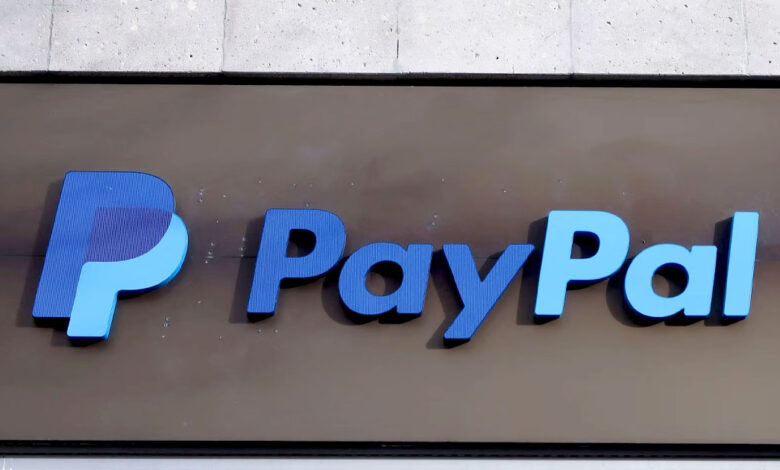PayPal’s Reduced Margin Forecast Outweighs Increased Profit Expectations

PayPal Holdings Inc (NASDAQ:PYPL) reported on Monday that it has lowered its outlook for annual adjusted operating margin, which overshadowed the company’s profit forecast raise. As a result, shares in the payments firm went down by 5% in extended trading. PayPal now expects a 100 basis points adjusted operating margin expansion this year, compared with its earlier forecast of a 125-basis-point growth. Investors are concerned that the company’s branded checkout button, a high margin business, is losing market share to Apple (NASDAQ:AAPL). According to Dan Dolev, analyst at Mizuho, the drop in PayPal shares is due to the assumption that the branded checkout button is not performing as well as people thought.
Analysts have also said that the high interest-rate environment has started to discourage expensive purchases, as shoppers increasingly find themselves under heavy debt, particularly lower-income bracket customers. In the first quarter, PayPal payments volume on a forex-neutral basis reached $354.5 billion, compared with $357.4 billion in the fourth quarter.
Although the company lowered its operating margin outlook, it raised its full-year adjusted profit forecast on the back of stronger-than-expected e-commerce trends and cost cuts. PayPal now anticipates adjusted profit growth of about 20% to $4.95 per share, which is above analysts’ estimate of $4.88 per share.
In a call with analysts, the company emphasized its push towards artificial intelligence and expects new advances in generative AI to help accelerate its productivity initiatives. PayPal plans to use the technology to add features for both merchants and consumers on its platform. CEO Dan Schulman stated that “We expect AI will enable us to meaningfully lower our costs for years to come.”
PayPal revenue rose 10% on a forex-neutral basis to $7.04 billion in the first quarter. It posted a profit of $1.17 per share on an adjusted basis, compared with 88 cents last year. Although the company lowered its operating margin outlook, its strong e-commerce trends, cost cuts, and push towards AI may help boost its profitability in the long run.





